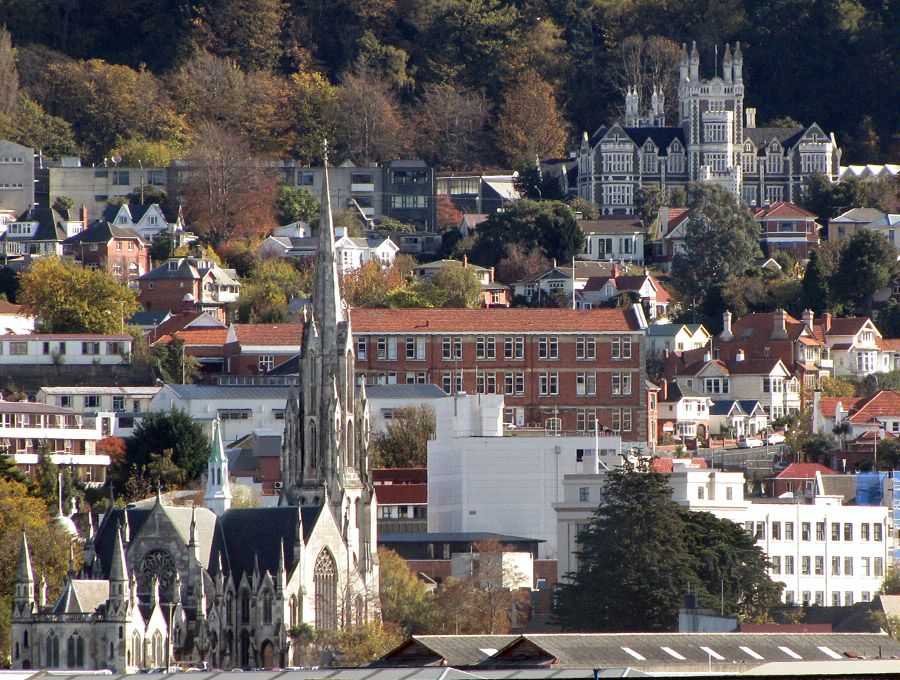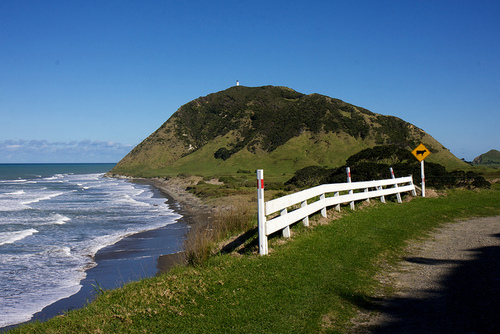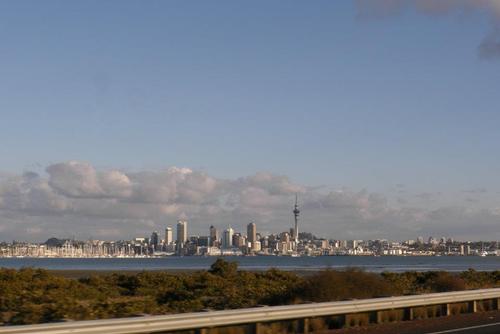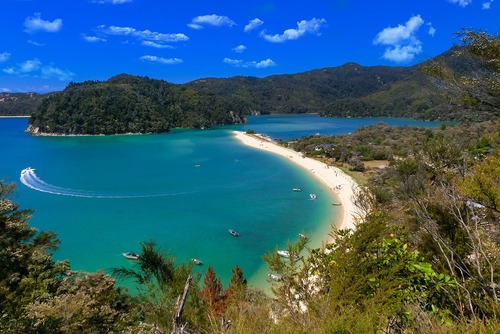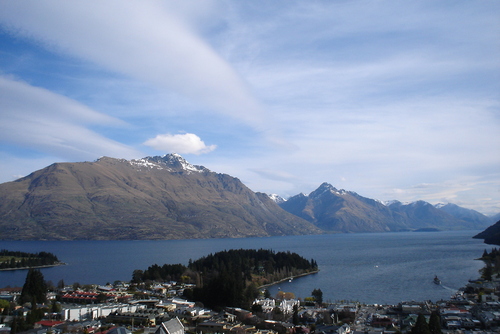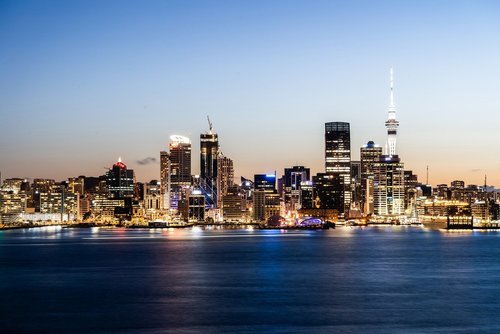Firstly, that it has strong Scottish roots, calling itself the “Edinburgh of the South” with its own tartan and plenitude of golf courses. Secondly, that it’s a student city, with the “scarfies” of Otago University a dominating presence during the academic year.
Finally, that it’s a nature enthusiast haven with the Otago Peninsula and its albatross colony, fur seals, & yellow-eyed penguins just a stone’s throw away.
These things are true, but take it from our featured travel writer Hannah Lomas who’s living in Dunedin - there’s so much more...
Plan a Trip to Dunedin
I’ve been up and down the east coast between Christchurch and Dunedin a few times now. Travelling southwards, the Canterbury Plains seem to go on forever, this relentless flatness, which almost unnoticeably transform into the gentlest of hills – an area called the Mackenzie country.
You finally start to get glimpses of the coast approaching the Waitaki River, marking the boundary with Otago; views at their most beautiful near Palmerston. By this point, the landscape has become much greener, and forested, with the road winding more, rising and falling – this is the Leith Valley.
Suddenly, a view appears over an apex. A sprawling city nestled in the bay. Dunedin.
“Sprawling” is the right word for it. Whilst the drive down is scenic, and much of the historical architecture has a characteristic juxtaposition of dark basalt and Oamaru limestone, the city itself isn’t overly attractive. The many residential suburbs, situated in the hills, are visible from afar and hardly stimulate the imagination.
History
Dunedin was technically a “planned settlement” with a pre-ordained layout, but with a gold rush in the 1860s it saw massive population growth and actually became New Zealand’s first city.
This heritage is celebrated in both the Settler’s Museum (Toitu) and Otago Museum (particularly their “Southern Land, Southern People” exhibit) both found in the city centre, in either direction from the Octagon – a locus where main roads meet and most the bars/restaurants are found.
Around this area is the Railway Station, Olveston House, the Botanic Gardens, Chinese Garden, Cadbury’s World, and three breweries that can all be toured: Speights, Emersons, and Greenman.
Attractions
Of course, as is always the case with New Zealand, the draw isn’t meant to be the city, but the scenery. Close by is the long beach of St Clair/Kilda and the picturesque Tunnel Beach, as well as many others if you venture north around the harbour through the townships of Port Chalmers, Waitati, Warrington, and Karitane; I have been told that coastal Otago has some of the best surfs in the country.
There are also many established routes for ‘tramping’ (hiking) such as Sandymount & Lover’s Leap on the Peninsula, and Signal Hill, Mt Cargill, & the Pineapple Track nearer the city; there’s a hidden treasure in the Nichols Falls Track within the city itself (a very short 20min walk, but leads to glow worms).
If you’re after something else unique, then you can catch the Taieri Gorge Railway which heads through a dramatic river gorge into Central Otago – a route which no car can follow. The track originally lead to Clyde, but now usually only operates as far as Pukerangi, where the land flattens out, though twice weekly goes further to Middlemarch, where the Central Otago Rail Trail begins and is a popular route for cyclists.
I hadn’t even heard of Dunedin before I applied for my visa, so its significance has taken me by surprise. And I know, having met other travellers on the way, that (for the most part) the city doesn’t really come under their radar. It is well worth the diversion though, and definitely needs more than a couple of days to be appreciated.
By Hannah Lomas
Related Pages

